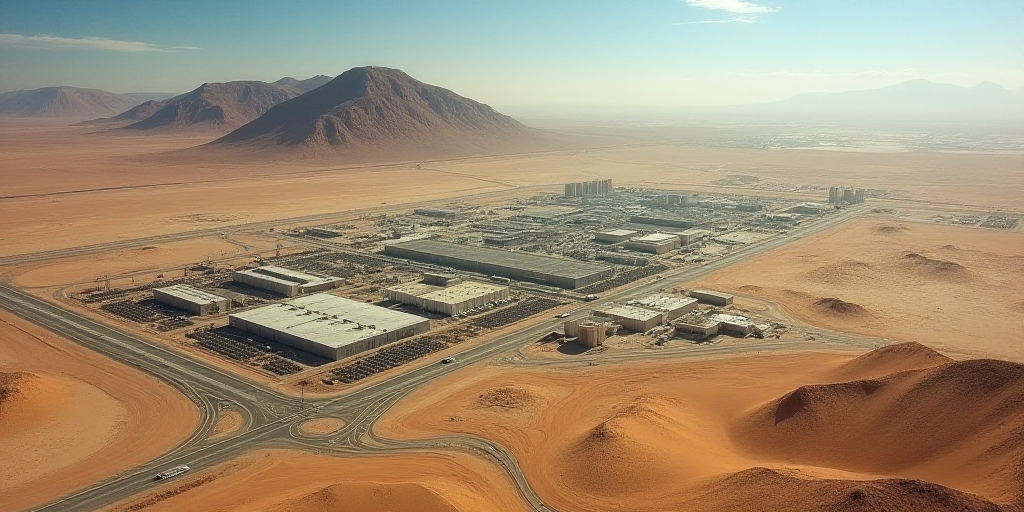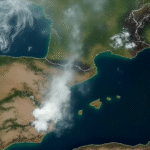Background on the Situation
The International Atomic Energy Agency (IAEA) and its Director General, Rafael Grossi, have reported that the nearly 15,000 centrifuges operating in Iran’s largest uranium enrichment plant, Natanz, have likely suffered severe damage or destruction due to a power cut caused by an Israeli airstrike. This incident has left at least two of Iran’s three uranium enrichment plants out of service.
Who is Rafael Grossi?
Rafael Grossi is the Argentine diplomat and nuclear physicist who has served as the Director General of the International Atomic Energy Agency (IAEA) since December 2019. As the head of this United Nations agency, Grossi plays a crucial role in ensuring that nuclear energy is used for peaceful purposes and that nuclear materials are not diverted to weapons programs.
Why is Iran’s Uranium Enrichment Relevant?
Iran’s uranium enrichment program has been a point of international concern due to its potential to produce fissile material for nuclear weapons. The Joint Comprehensive Plan of Action (JCPOA), also known as the Iran nuclear deal, was signed in 2015 to limit Iran’s nuclear program in exchange for sanctions relief. However, the United States withdrew from the agreement in 2018, leading to increased tensions and Iran gradually reducing its compliance with the deal.
Details of the Damage
According to Grossi, the abrupt loss of external power has likely caused significant damage to the centrifuges in Natanz, which are delicate and operate at extremely high speeds. He mentioned that there have been internal damages, going beyond his earlier statement to the IAEA’s extraordinary Board of Governors from 35 countries.
Natanz Plant
The surface pilot enrichment plant in Natanz has been destroyed, Grossi confirmed to the Board. He also stated that there were no reported damages in Iran’s Fordow enrichment plant, which is located underground in a mountain. However, Grossi later commented to the BBC that the registered damages are “very limited.”
Isfahan Nuclear Complex
Grossi detailed damages in four buildings within the Isfahan nuclear complex, including a facility that converts uranium into “yellow cake” (uranium hexafluoride), the raw material for centrifuges to enrich with greater purity.
Key Questions and Answers
- What is the IAEA? The International Atomic Energy Agency (IAEA) is an international organization that seeks to promote the peaceful use of nuclear energy and to inhibit its use for any military purpose, including nuclear weapons.
- What are centrifuges? Centrifuges are machines used in uranium enrichment processes to increase the concentration of the fissile isotope U-235 in natural uranium. The more centrifuges used, the faster the enrichment process.
- Why are these attacks significant? These airstrikes, attributed to Israel, aim to hinder Iran’s nuclear program by disrupting its uranium enrichment capabilities. The extent of the damage reported by the IAEA suggests that these attacks could set back Iran’s nuclear activities, at least temporarily.
- What is the status of the Iran nuclear deal? The Iran nuclear deal, or JCPOA, has been strained since the United States withdrew in 2018. Iran has gradually reduced its compliance with the agreement, partly in response to the reimposition of U.S. sanctions and the lack of economic benefits from the deal.






